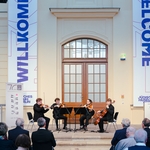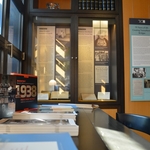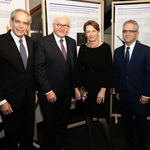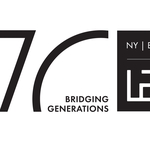Jewish Encounters in the Great War: WWI in LBI Collections
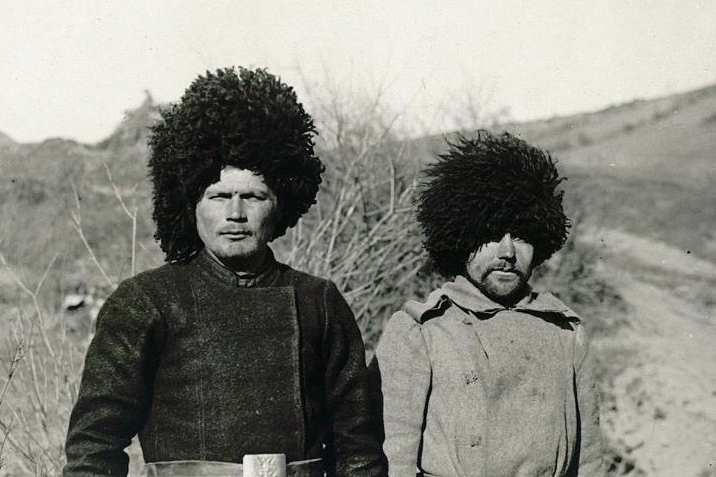
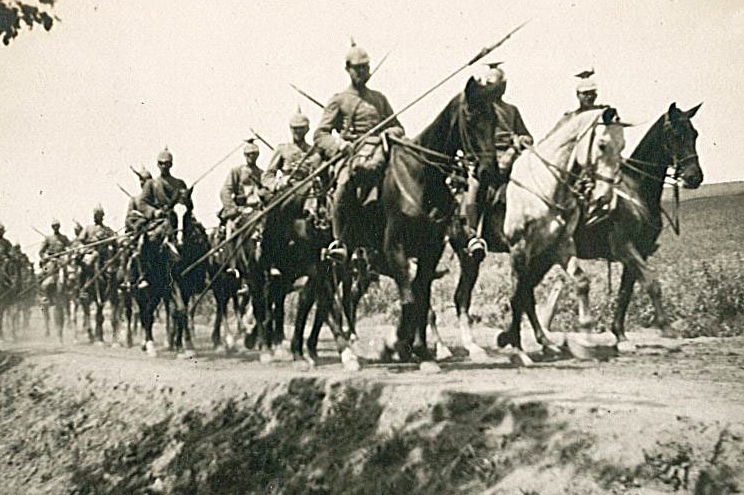
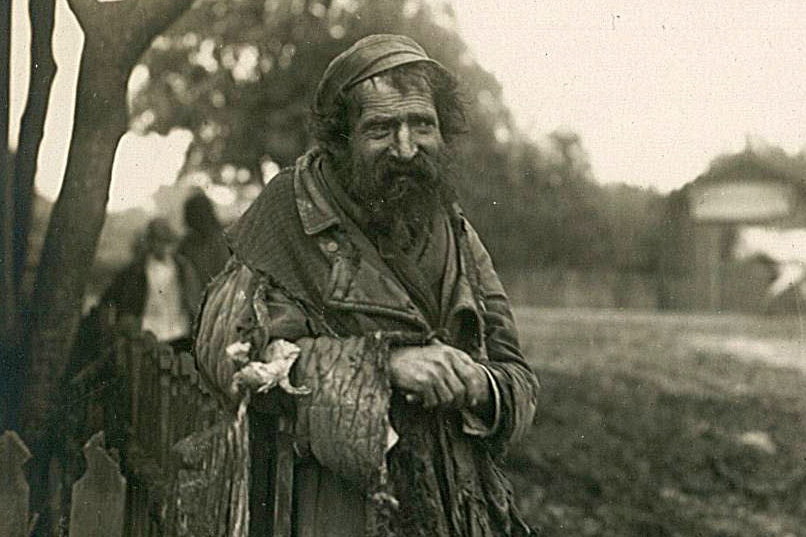
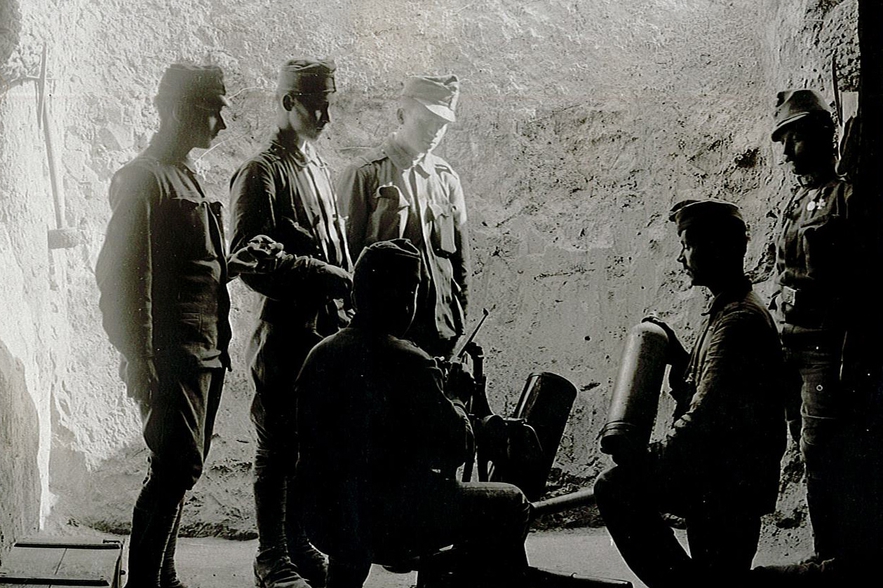
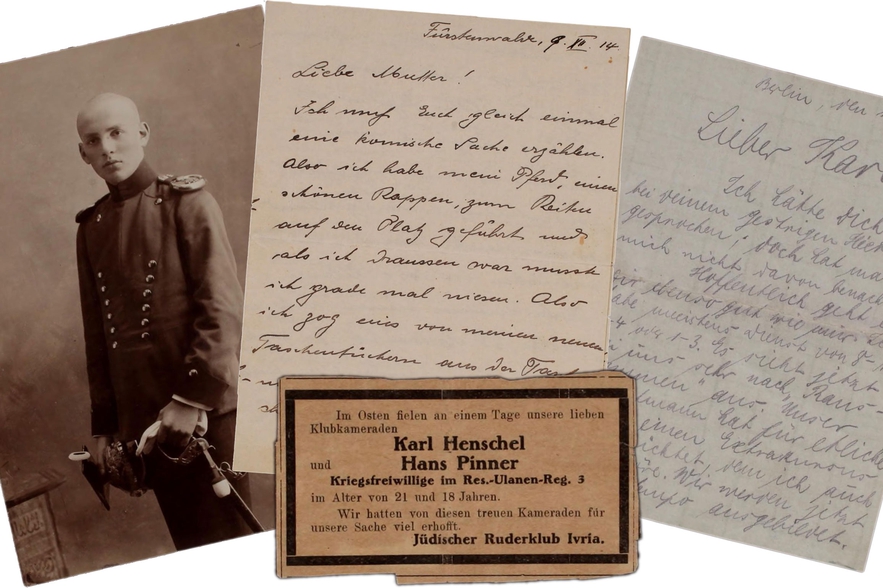
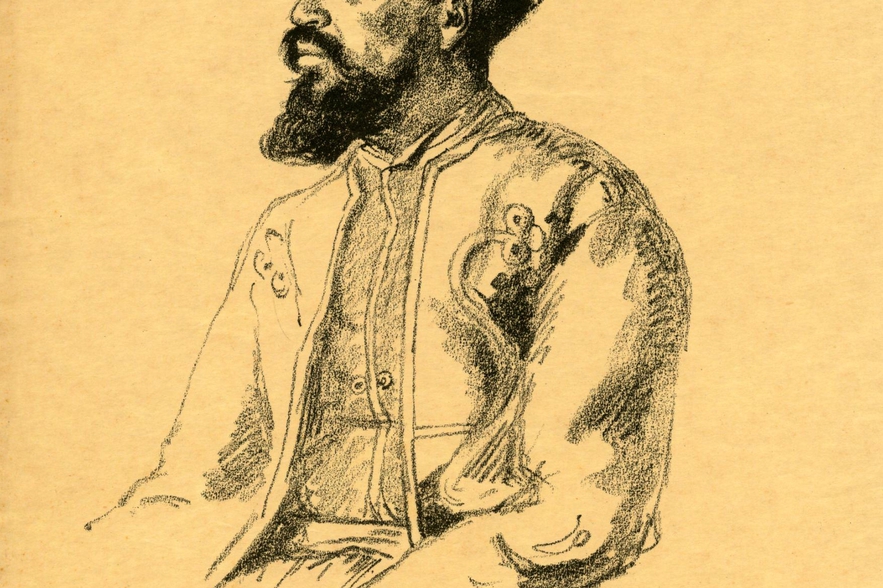
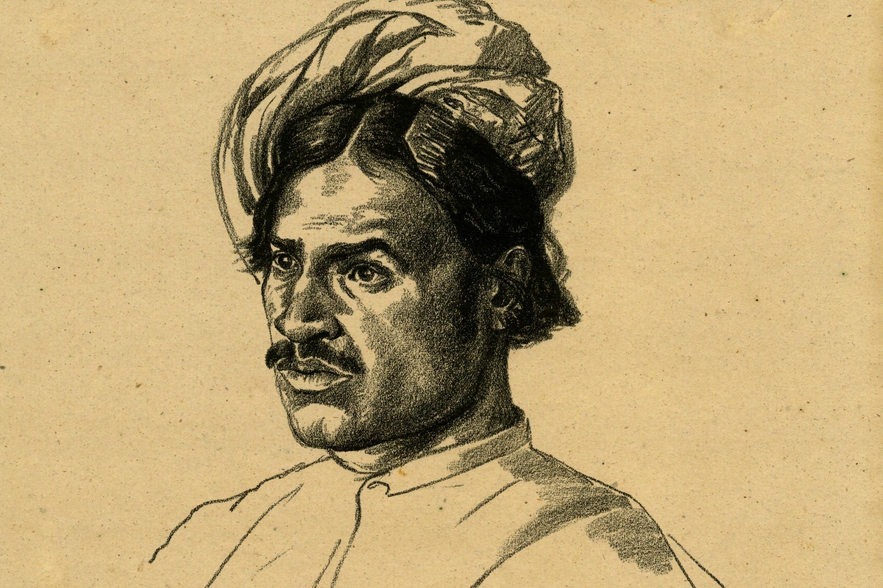
- Author
- David Brown
- Date
- Thu, Nov 6, 2014
During the First World War, 100,000 Jews served in the German Army, and another 320,000 served in the Austro-Hungarian Army. Thus, for the generation that fled the Nazis in the 1930s, WWI had been a formative experience, as evidenced by the thousands of letters, diaries, photographs, medals, and other mementos that refugees saved and brought out of Europe. What follows is just a selection from this vast body of materials now preserved in LBI collections.
Correspondence
During the first year of the war, German soldiers sent six million letters every day, and received another 8.5 million. Soldiers’ letters were almost immediately instrumentalized to shape public perceptions about the war, and the publication of letters quickly became an important way of memorializing the fallen, who came in unprecedented numbers.
Among the first volumes of published letters was Eugen Tannenbaum’s Kriegsbriefe deutscher und oesterreichischer Juden (1ST ed. Berlin, 1915. Call No. D 640 T4 K7). This collection highlighted the service of Jewish soldiers at a time when an anti-Semitic canard that Jews were shirking duty at the front was gaining currency.
Published collections, carefully curated with political, literary, and emotional criteria in mind, can only hint at the full breadth of experience in the war, however. At least 100 collections in LBI archives contain original correspondence that presents different views.
Karl Henschel was just 20 years old when he enlisted and had this portrait taken at the Kaufhaus Des Westens photo studio in Berlin. The 212 pages of correspondence in his archival collection include the first letter he sent his mother while still stationed in Fürstenwalde, Brandenburg, and the first letter he received, from a friend named Gerhard who was stationed in Berlin. The tone of these early letters is light-hearted. To his mother, Henschel jokes that the lilac-colored handkerchiefs his family had given him had spooked his horse: “The animal told me it was a sophisticated and dignified steed and had never seen such tacky handkerchiefs.” Gerhard shares his excitement at serving alongside so many fellow Jews, “Our room in the barracks is looking wonderful—two Christians, otherwise we are a minyan!” It is impossible to say whether the tone of these letters reflects genuine good spirits or an effort to assuage his family’s fears. Any misgivings they might have had were not misplaced; Henschel was killed on the Eastern front the next year at the age of 21.
Memoirs
About 300 memoirs in LBI collections describe the experiences of Jewish soldiers in the German and Austro-Hungarian armies, from ordinary infantrymen to celebrated pilots to physicians and Jewish field chaplains. Helmut Freund was born around 1896 in Berlin and served as an auxiliary physician in the German Army. Like many highly assimilated, middle-class German Jews serving on the Eastern Front, he was keenly interested in the lives of the relatively isolated and impoverished Yiddish-speaking Jews in the East. His description of the Jewish inhabitants of Iŭje (Belarus), a town about halfway between Vilnius and Minsk, reflects viewpoints common in similar contemporary documents. Freund is taken aback by the squalor and poverty in which his fellow Jews live, but impressed by their piety and independence.
Ephemera It wasn’t just ordinary GermanJewish soldiers who were interested in the Jews of Eastern Europe. The high command of the central powers thought it could appeal to Jews as natural allies, who would greet the German and Austro-Hungarian armies as their liberators from the Czar.
[translation] To the Jews in Poland […] Our banners bring you justice and liberty, equal civil rights, freedom of religion, the freedom to work in your own ways, without interference, in all branches of economic and cultural life. You suffered too long under the iron muscovite yoke. We come to you as your friends. The barbaric alien rule has passed. Do not be fooled, like in former times, by false promises. Did not the Czar promise equal rights to the Jews in 1905 and issue his supreme manifesto to that effect? how did he keep this holy promise […]? Think of the expulsions, of the fact that day in, day out Jewish masses are driven from their homes. […]
Photographs Bernhard Bardach was a 48-year-old career medical officer in the Austro-Hungarian Army when war broke out. He served on the Eastern and Western fronts, but he was able to spend much of his time during the war painting, writing extensive diaries, and taking over 900 remarkable photographs which have been digitized by LBI.
Art
As empires clung to their supremacy and nationalist movements advanced an opposing vision of the link between ethnicity and state, troop movements and migrations brought people from across the globe into contact with one another. Artists like Hermann Struck, a Zionist and orthodox Jew from Berlin, turned an ethnographic lens on various groups of “exotic” people encountered during the conflict, including the first Muslim community in Germany.
The German War Ministry established a POW camp in Wünsdorf near Berlin with the objective of convincing Muslims captured from the colonial armies of the British and French to wage jihad against their colonial oppressors. About 4,000 prisoners populated the “Halbmondlager” (crescent moon camp), which offered everything necessary for the POWs to practice their faith, including the first Mosque built on German soil.
Struck made these striking portraits—flattering and orientalist at once—with the full support of the War Ministry. Dozens can be found in the LBI Art Collection, and many were published in a volume of POW portraits that included an essay by the anthropologist Felix von Luschan.
ONLINE
Luschan, Felix von, and Hermann struck. Kriegsgefangene: ein Beitrag zur Völkerkunde im Weltkriege (Prisoners of War: a contribution to anthropology in the First World War). Berlin: Dietrich Reimer, 1917. lbi.org/pows
Full schedule of WWI programming at the center for Jewish History cjh.org/thegreatwar
